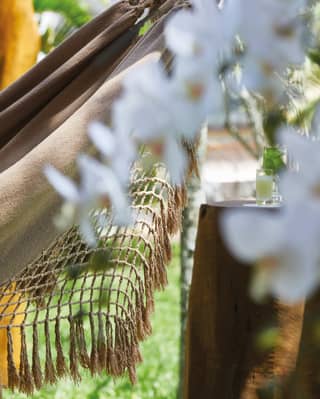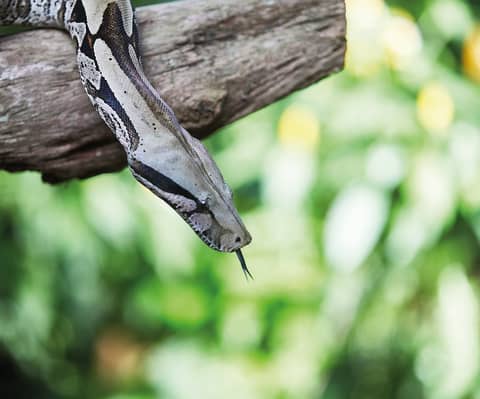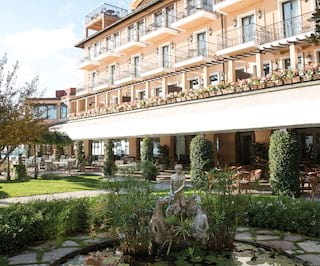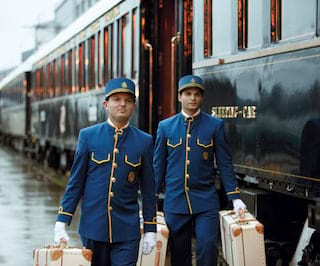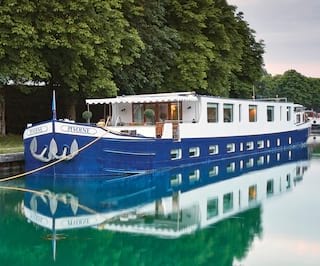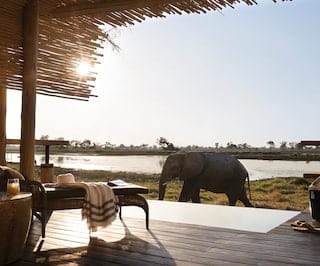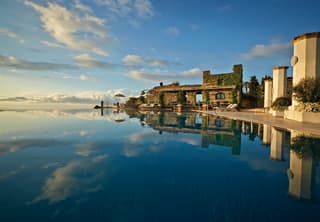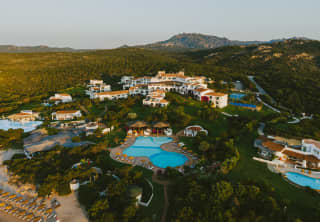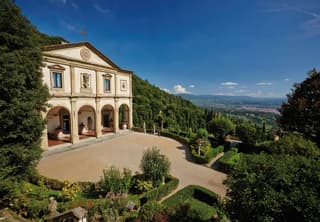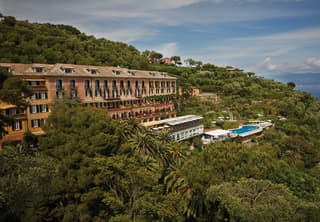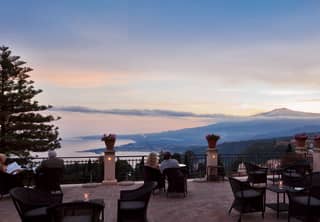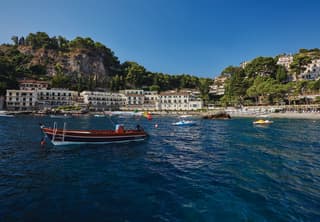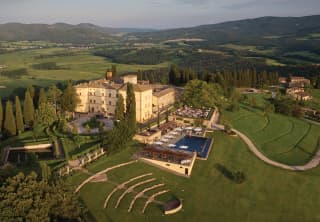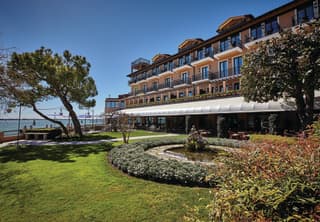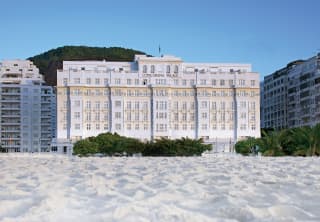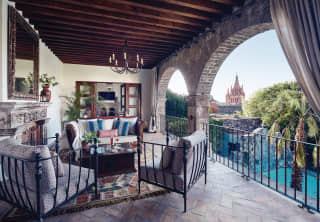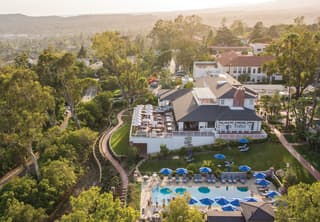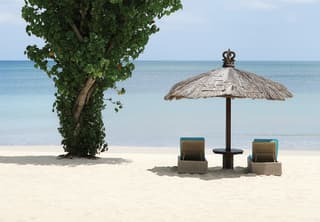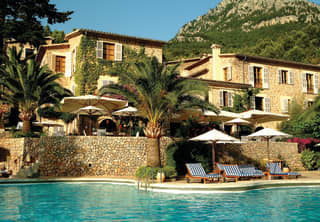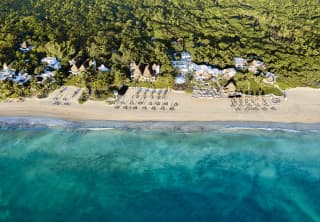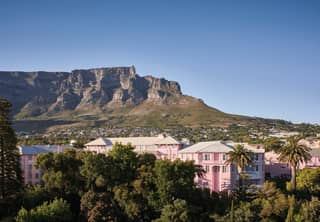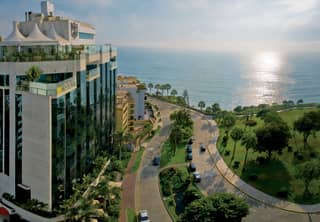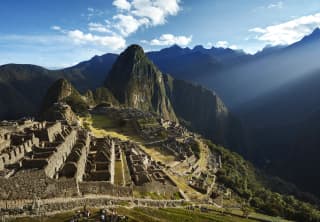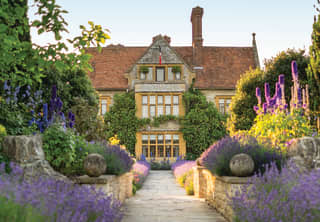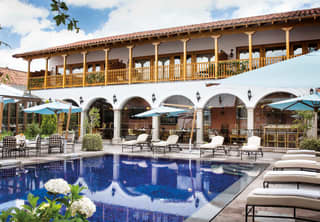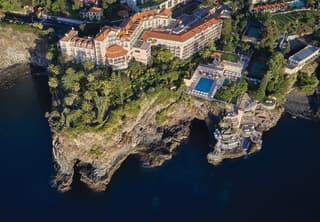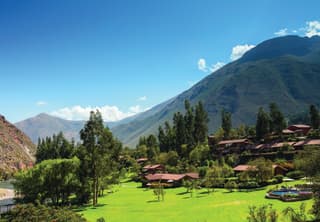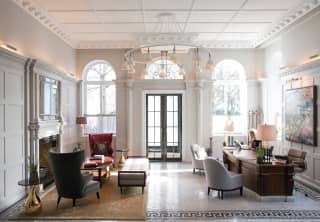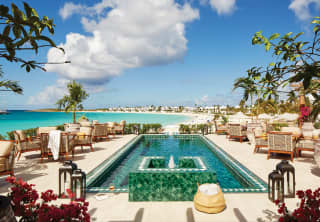Beyond the Falls
Explore the national park around the mighty waterfalls to unveil the many unexpected treasures of Iguassu. From private visits to the renowned Parque das Aves to the rare chance to meet the tribespeople of the rainforest, each new day promises untold opportunities for discovery.
IT'S ALMOST SUNSET when we reach the end of the jungle trail. Through the trees comes the roar of a hundred phantom armies, while golden mists gallop through the valley, playing hide-and-seek with a panorama of tumbling cascades—275 in total—that flow into the Iguassu river. Below, a flashing patchwork of platinum races along the banks that bridge Brazil and Argentina’s natural frontier. One of the world’s ‘Seven Natural Wonders’, witnessing Iguassu Falls’ immensity cannot be under-estimated, but experiencing it all alone, drenched in spray and on a sliver of walkway that hangs alongside the ‘Devil’s Throat’, where the Iguassu’s steepest and most dramatic of falls leaps into the abyss, is a sensation that borders on transcendental.
As the fiery sky paints a silhouette of the tallest palms, birdcalls echo through the valley and a tumult of swifts swoop above. It’s total rejuvenation for the soul. Cathartic, hypnotic, therapeutic—to stand in the midst of such a mighty tumult of water is a pure bolt of energy.
The first time I came to the Iguassu, I made two mistakes: the first was to approach it like a race. Thirty-six hours, a breakneck trip around each side of the Falls and then I was gone, on to the next leg of a Latin American tour. My second error was to stay outside the park, joining the crowds for the first 9am bus to tread trails in what felt like one long queue. Surrounded by so many people, nature took a back seat.
This time it’s different—I’m booked into Belmond Hotel das Cataratas, a pale-pink colonial hacienda, where elegantly arched terraces, Portuguese tiles and dark wooden floors were restored to their original 1950s charm seven years ago. The only hotel located inside the national park on the Brazilian side, it offers exclusive access to the Falls before 9am and from 5pm: in summer-time, this equates to an extra six hours to explore. To maximise this opportunity, the hotel recently launched a dedicated concierge team that contacts guests at the time of booking to help them make the most of their time. “One of the biggest complaints from guests is that they arrive and realise they don’t have enough time to fit in everything they want to,” explains Juliana Lacerda of Belmond Hotel das Cataratas. “We recommend experiencing the Falls from three different angles on a selection of seven different tours within the national park, which many guests miss due to their short stay.” The hotel will also shortly launch bicycles for guests to explore the park’s custom-built trails.
One of the advantages of a concierge team such as this is the ability to rustle up private access, be it a personalised version of the exhilarating Macucó speedboat, swooping along the edge of the Falls, to helicopter trips without having to wait and pre-opening access to the ‘Parque das Aves’, guided by an expert biologist. This magnificent bird park, opened by Dennis and Anna Croukamp in 1994, provides a sanctuary for exotic birds rescued from trafficking, as well as offering guests the chance for active interaction across five aviaries, housing everything from blue macaws to horned screamers and toco toucans.
The family-run team, passionate proponents of exploring the area’s potential, is launching a series of more personalised experiences: private tours with biologists that conclude with cocktails in the custom-built garden, where bromeliads and trailing hibiscus attract hummingbirds and butterflies, and the park’s deck is used for interactive kids’ programmes. But the project that makes park director Carmel Croukamp’s eyes light up is a dining experience held deep in the forest with the Tupi-Guarani, one of the last of the remaining native Indian tribes. The most prolific tribe in southern Brazil at the time of Portuguese conquest in the 16th century, their influence is felt throughout the ABC of Brazilian identity, including the origins of such words as Carioca (white man’s house), Ipanema (rough waters) and Igaussu (big water). Now, barely more than a dozen communities remain. Launching in mid-2016, the bird park’s dining experience will see the tribes serve a tasting menu of traditional delicacies for an intimate group, while they share their legends in song around the fire. It’s a chance to interact with them in their habitat.
Back at the hotel, guests are free to relax over signature massages of healing Amazonian andiroba oil at the spa, or soak up the sun around the giant tear-drop shaped pool as waiters do rounds with tropical fruit, iced water and homemade papaya sorbet.
Despite being located inside 185,000 hectares of Brazilian national park—less than one per cent of which is accessible to visitors—such an overwhelming abundance of wildlife is still surprising. Walk along a trail and find yourself enveloped in a bloom of butterflies, giant owl-eyed wings as big as your palm, while some are as small as a thimble. Outside my window, with the Falls racing just beyond the front garden, a troop of cacique birds are busy building nests that droop down from the palm leaves to deter predators. While I’m watching, a toucan swoops in to steal an egg, beating a hasty retreat with a host of distraught parents hot on his tail.
It’s this proximity to the park’s wildlife that puts the park off limits to guests venturing out alone after dark—jaguars flourish here thanks to an active conservation programme, Carnivores, sponsored by Belmond Hotel das Cataratas. So it’s in the company of guides and park rangers that we head out one evening to witness one the world’s most magical phenomena—a lunar rainbow. Only visible for a few nights over the full moon week, the light spins a silver rainbow that emerges from a dazzling wall of white water, delicately coloured up close, a brilliant arch of pure silver from above.
If the Falls hum and buzz with natural energy, then witnessing how this is converted into powering our lives completes the picture. On my final afternoon, the Belmond team arranges for a specialist site visit to the hydroelectric plant at the Itaipu Dam, considered to be the largest producer of clean and renewable energy in the world. We witness the spinning force of one of the 20 giant turbines, where man’s ability to harness the cascading water powers enough electricity for 40 million people per hour. As we skirt the rim of the dam, majestic in its sheer magnitude, we marvel that they haven’t shot a Bond film here yet.
We arrive back for cocktail hour, the elegant terraces dotted with couples watching the sunset. At the mahogany cocktail bar, head bartender Nacir is teaching an impromptu class how to shake the perfect ‘Devil’s Throat’—a martini of campari, cachaça and chilli syrup—while Magnum plays old-school tangos on the grand piano.
Totally abuzz, yet with an old-world take on refined service and elegant surroundings, Belmond Hotel das Cataratas taps into a bygone age. While clued-up Brazilians have long been wise to the wonderful resort activities as well as its location in one the most beautiful spots on the planet, it’s time for the rest of the world to catch on, too.
By Lauren Holmes

